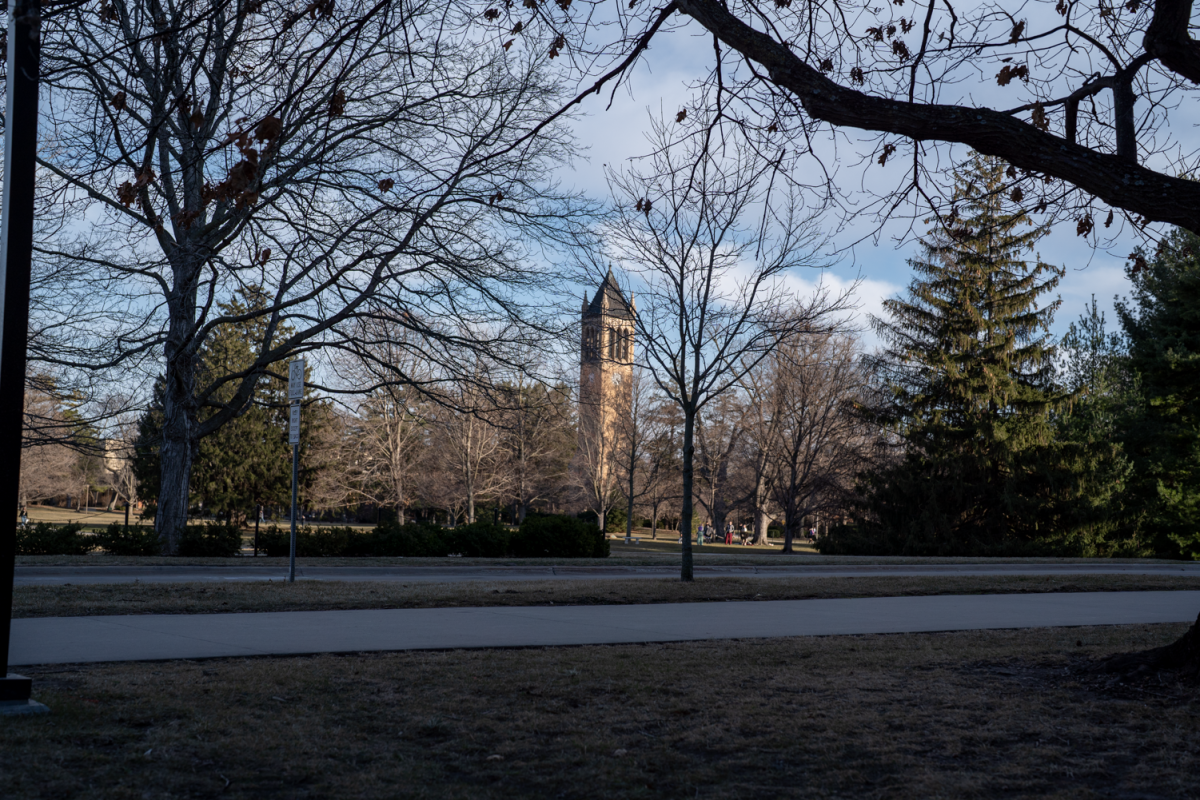Earlier this morning, I came across an article in The Boston Globe that suggests Sweden took the right measures to safeguard their citizens from COVID-19. Interestingly, the article was published yesterday, at a time when COVID lockdowns are seemingly a fad of the past. However, sprinkling across social media are rumors regarding a potential new wave of lockdowns, so I suppose this was his line of reasoning for producing the article. The author wrote a compelling and convincing piece and credited his findings to a report by the Cato Institute, which aimed to analyze Swedish COVID policy.
According to the study, Sweden was heavily criticized for its decision to take a laissez-faire approach to COVID, contrary to the policies of many other developed nations such as the United States and Canada.
The report mentions a model by “influential” Swedish researchers, who claimed at the start of the pandemic that the Swedish government’s lack of restrictions would result in high sickness and mortality rates. The model “predicted that Sweden would have 20,000 COVID-19 patients needing intensive care by early May 2020 and a need for intensive care units around 40 times over capacity. By July 1, 6 Sweden would have 82,000 COVID-19 deaths.”
However, contrary to the propositions in this model, the Swedish policies appeared to work much better and, in many ways, were preferable. The study claims that “by early July 2020, Sweden had not suffered the 82,000 deaths that the models had assumed, but 5,455—less than 7 percent of what was predicted.”
How did they do it? Apparently, “The main difference between Sweden’s strategy and that of most other countries was that it mostly relied on voluntary adaptation rather than government force.”
This is a stark claim. It seems sacrilegious as an American to admit that we did not have supreme freedom in our country during COVID. Isn’t America the poster child for “voluntary adaptation? We criticized Sweden heavily for their decisions. Even the cult-like leader of the right, Donald Trump, said, “Sweden is paying heavily for its decision not to lockdown.”
While Sweden did experience hardships in the beginning, over a long-term period, it appears their sufferings were worth the initial roadblocks.
Sweden also only partially avoided restrictions. Public gatherings of 50 or more people were disallowed, as were visits to elderly care facilities. This was part of an attempt to protect those most susceptible to COVID and its side effects.
However, other than these simple restrictions, very little changed in the lives of the Swedish people. The Cato Institute says, “The government recommended that Swedes engage in social distancing, work remotely, avoid nonessential travel, and stay indoors if they felt sick, but it did not force them to.”
Furthermore, Swedish citizens did not experience curfews, states of emergency, and stay-at-home orders. Public facilities such as schools, libraries, offices, restaurants, gyms, etc remained open. In addition, “There were no mask mandates and not even a recommendation for the public to use masks—until January 2021, when they were recommended on public transportation during rush hours (7–9 a.m. and 4–6 p.m. on weekdays).”
Like most things, there is an equilibrium that we try to search for, and if we could hit this sweet spot, the correct decisions could be made. In some aspects, it does make sense to keep people away from each other when a virus is circulating; it doesn’t appear to be a radical idea. However, the cost of such an idea must also be considered.
This point is expressed in the paper “Are Lockdowns Effective in Managing Pandemics?”
Authors Moshe Yanovskiy and Yehoshua Socol set out to find an answer to this question and stumbled upon interesting results. To summarize, the paper has three main conclusions:
- “Neither previous pandemics nor COVID-19 provide clear evidence that lockdowns help to prevent death in pandemics.”
- “Lockdowns are associated with a considerable human cost. Even if somewhat effective in preventing COVID-19 death, they probably cause far more extensive (an order of magnitude or more) loss of life.”
- “A thorough risk-benefit analysis must be performed before imposing any lockdown in future.”
These conclusions beg the question of how much a damaged social life can dim the outlook for many and whether this is more harmful than the disease. I understand the caution that must be used when discussing highly complicated matters (such as viruses); however, if we are determined to take mental health seriously, the social effects of lockdowns need to be considered.
In a world where life revolves around a paycheck, we can not tell people they aren’t allowed to work but that they still must make ends meet. Or most importantly, we must refrain from forcing children out of school. If we are to have any hope for the future, the education of our youth is single-handedly the most important thing.
Going back to the Cato study, we find a startling conclusion about the American lag in education due to the pandemic. The study reports, “Half of the United States’ students began 2023 a full year behind grade level in at least one subject. In sharp contrast, Swedish elementary schoolers suffered no learning loss during the pandemic.”
It may take many more years to fully understand the repercussions of the pandemic. However, if we have learned anything so far, lockdowns during COVID hurt us in more ways than we may have thought. If we are poised for a return to the pandemic era, we must ask the question: are lockdowns worth it?













